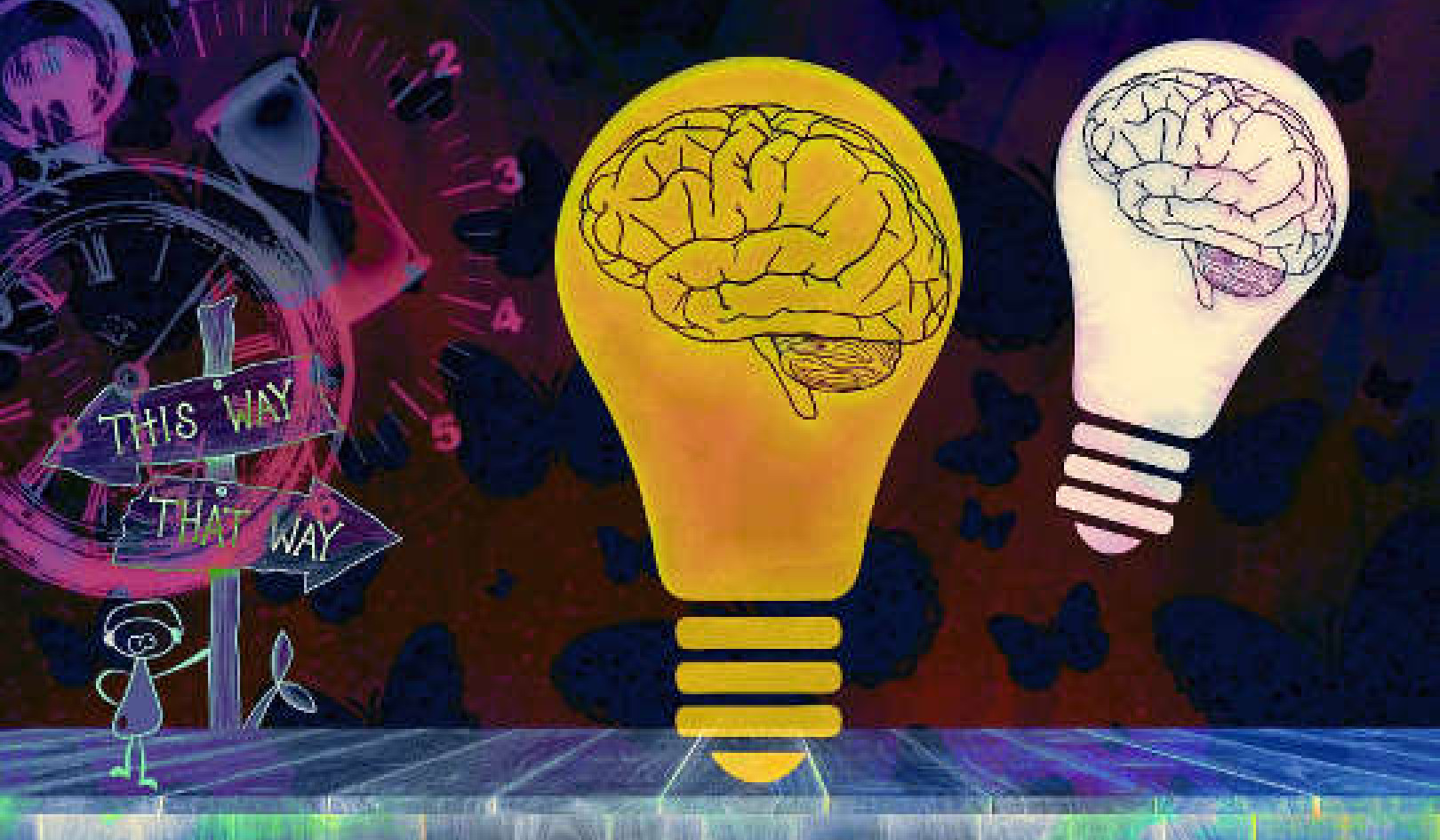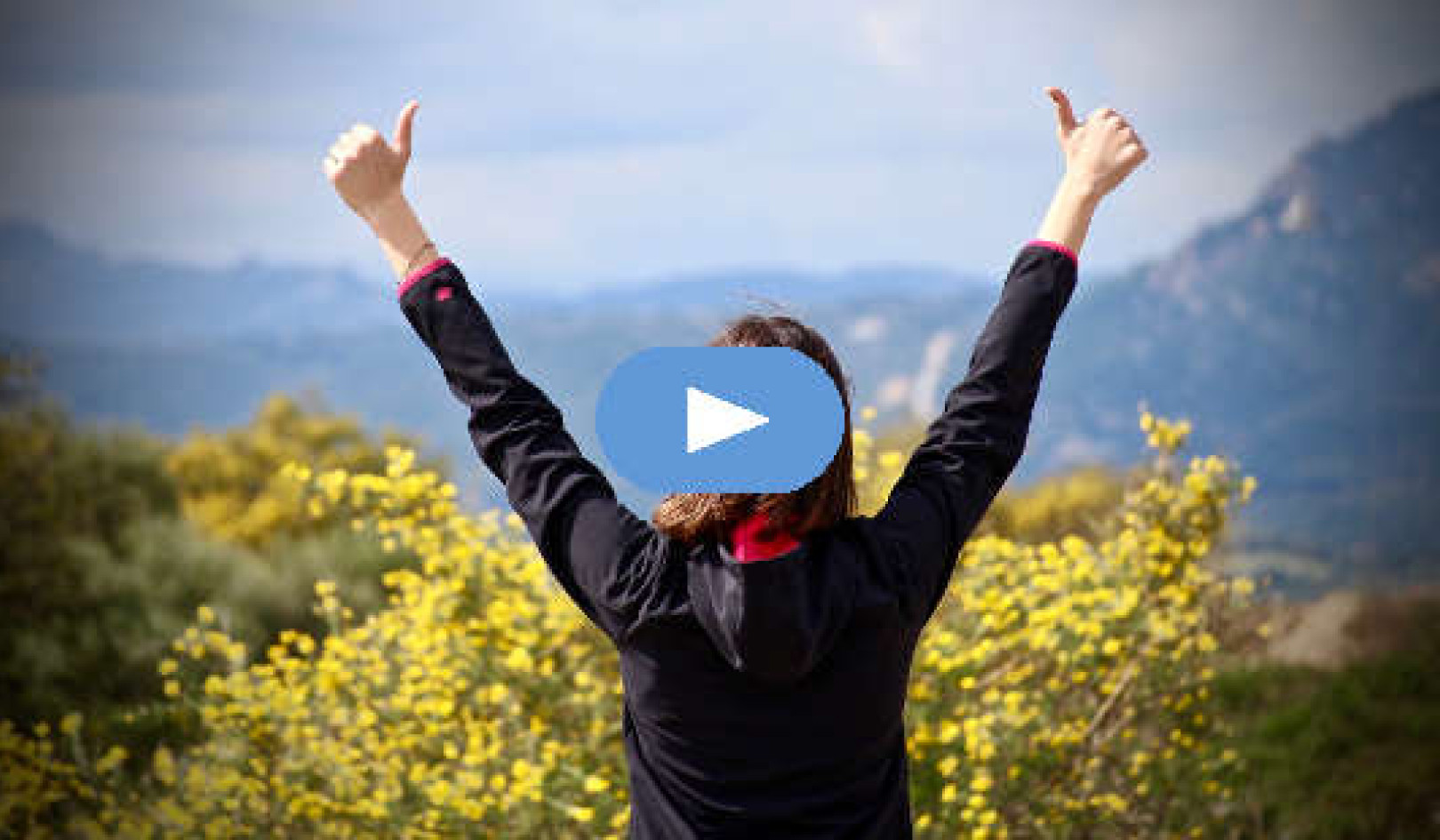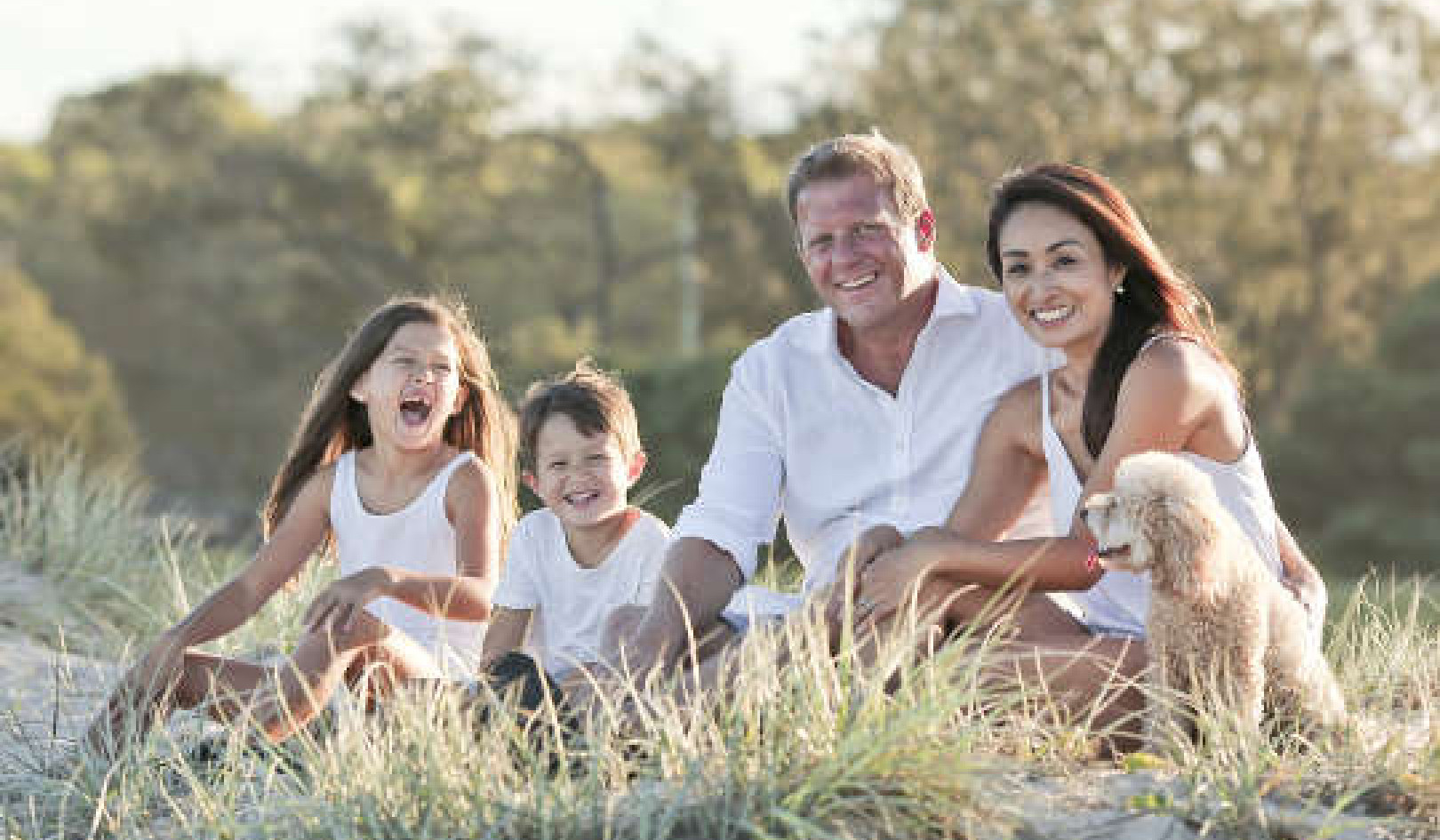
Image by Gerd Altmann
Acknowledging the good that you already have in your life
is the foundation for all abundance. - ECKHART TOLLE
Choosing gratitude can have an enormous impact on our lives. When we focus most of our thoughts and energy on what we consider to be wrong, we miss the fertile opportunity to recognize what favorable things are simultaneously blessing us.
An author and professor of psychology at the University of California at Davis, Robert Emmons has done extensive research on gratitude. He states, "The practice of gratitude can have dramatic and lasting effects in a person’s life.” Emmons has found that practicing gratitude has positive effects on our body, mind, and social connections; it improves our health and well-being in numerous measurable and immeasurable ways. Some benefits are stronger immune systems, lower blood pressure, more feelings of joy, and a greater sense of social connection, among many others. We have nothing to lose and much to gain by turning our attention to the positive aspects of life.
However, despite decades of research into the positive effects of gratitude, some people remain skeptical. Some say that gratitude leads to complacency or is just a naïve form of positive thinking. Some believe that expressing gratitude isn’t appropriate — or even possible — when we’re in the midst of suffering, or that we must be religious to be grateful.
I once shared some of these myths and misconceptions about gratitude. However, I eventually became willing to put aside my skepticism and explore this practice, and I encourage you to do the same. The willingness to embrace gratitude can lead to an abundant life.
The Fertile Ground of Gratitude
I know from experience that when we’re in the midst of addiction, we focus primarily on the misery in our lives, and those discontents fuel the addiction. When our energy focuses exclusively on the problem, we create more of the problem. However, when we allow the sunlight of gratitude to shine its rays into the dark corners of our life, we can uncover solutions, see the good things that exist, and create fertile ground for more of it to grow.
In the 1990s, I was watching an episode of the Oprah Winfrey Show in which Oprah spoke passionately about the practice of keeping a gratitude journal. I had never considered such a thing. She said, “I know for sure that appreciating whatever shows up for you in your life changes your personal vibration. You radiate and generate more goodness for yourself when you’re aware of all you have and not focusing on your have-nots.”
I was moved by this and attempted to start a gratitude practice while in the throes of my addictions, but I was not successful. It was like taking a daily vitamin pill to be healthy while still poisoning myself with alcohol, drugs, and a steady diet of negativity. It just doesn’t work. Once I got sober, a recovery buddy suggested that I consider approaching life with an attitude of gratitude, and so I began again.
My recovery friend Kristen is a sober, single mother and business leader. Since meeting her, many years ago, I’ve marveled at her positivity and the way she is able to find the good in life. She explained that she also had to be encouraged to change a negative mindset:
When we first get into recovery, it is hard to be grateful because of the destruction we’ve inflicted upon ourselves. It is easy to focus on the negative. But when I had someone teach me and require me to send a gratitude list daily, my mind began to shift a lot. My experience also began to shift.
The Distance between Us and Gratitude
For people at the beginning or in the middle of a recovery journey, pivoting toward gratitude can feel like a push. I, too, doubted whether gratitude would change my life in a meaningful way. Yes, I saw the practice working for others, but I saw myself as “terminally unique,” meaning that I had a belief that the situations I was facing were somehow different from those of everyone else. Therefore I had a right to wallow in my discontent.
Self-centered fear makes it hard to be grateful. Often, our fear isn’t about anything that is actually happening, but we fear things that might happen in the future. Gratitude brings us into the present and asks us to focus on what we are grateful for in this moment. Like many people, Kristen had to experience this for herself to understand how transformative it can be.
I was going through a difficult time. I had a lot on my plate in the beginning, and when I thought about it, I would spiral downward. So, my sponsor had me send her a list of five things I was grateful for upon awakening. First thing in the morning. Initially, I doubted it would help me. I decided to do it to appease her. I really didn’t think it was going to have any effect on me whatsoever. And I found it was like a magic bullet because I really tried to make my list different every day and detailed. Regularly identifying things to be grateful for is such a simple exercise, but it takes time to build the habit. I started expressing gratitude for the basics and it grew from there. I would have to sit there in the morning and think of things deeply. What was I grateful for? Was someone in my life a cause for me to be grateful? Was there something about the weather? Was something like an act of kindness or something that happened to me a cause for gratitude? Sometimes I had to be grateful for the strength to be able to write a gratitude list at all.
Rewiring the Brain with Gratitude
When we earnestly engage in this process, it begins to rewire the brain. Scientists have discovered that whenever we express or receive gratitude, our brain releases dopamine and serotonin, two neurotransmitters that are some of the so-called feel-good hormones because they make us feel better. By practicing gratitude every day, we can help strengthen these neural pathways and create positive changes within ourselves.
Kristen now touts the benefits of practicing gratitude to anyone who will listen:
Being grateful is the most important thing I do in a day. I think out of all the tools I’ve ever used for myself, this has been the most effective because it changes my mood, my outlook, and gratitude begets gratitude. If you start feeling gratitude, suddenly it seems like you have more to be grateful for.
Despite her initial reservations about the effectiveness of a gratitude practice, Kristen pushed forward and gave it a try. At first, her efforts were small, and some days she could only get herself to be grateful for the weather or for the willingness and strength to be grateful at all. That was enough to set things in motion. Keep that in mind for yourself as you explore the tools I offer next for developing an ongoing gratitude practice in your everyday life.
Recovery Toolbox
The first two recovery tools are complementary exercises. They build a deep and personal sense of gratitude within, and in time, this overall feeling will infuse every part of your life and recovery.
The last two exercises are also complementary: They prompt you to share those feelings with others. By bringing gratitude along with you as you do the work of recovering yourself, it softens the rough edges of any challenge and deepens your appreciation of every win.
1. Take a Gratitude Break
As an experiment, take a gratitude break right now. Think of five things you are grateful for today, and write them down. Then take a few moments to reread what you’ve written and consider why you are grateful for these things. That’s all, but give yourself an extra moment to take in the quiet power of the exercise.
Next, try this prescription: Continue taking a gratitude break once a day for the next week. This is a great way to start your day, but there is no wrong way or bad time to do this. You can be grateful for anything, from the tiniest, most mundane things to the largest, most precious things. As you continue through each day, take moments to reflect on the list, and if you feel inspired, add to it. You can never be too grateful.
At the end of the week, compare how you feel about the practice at that point to how you felt initially. Has anything changed? Give this practice time to alter your perspective until seeing the world and your life through the eyes of gratitude feels natural all the time.
2. Take a Photo
This fun exercise is an alternative type of gratitude break. As the saying goes, sometimes a picture is worth a thousand words, so instead of (or in addition to) writing down what you’re grateful for, take photos throughout the day on your cell phone camera of people, places, and things that inspire gratitude in the moment.
Make it a fun game for yourself. Hunt for things that inspire gratitude. Capture images that are meaningful to you. If you find yourself having a fun and enjoyable moment, take a photo of that moment — of yourself, another person, or the place you are.
Like the previous exercise, try this for a week, and at the end of each day, take a few moments to review that day’s gratitude pictures. As you do, recall the positive feelings, joy, and inspiration that caused you to take each photo. Cultivate those feelings of gratitude in your awareness, and see if they carry over into the next day. Notice if your perspective on gratitude changes, and modify these exercises in whatever way inspires you the most.
I often take photos of the sky, plants, flowers, my cats, or food that I am cooking. Taking the photos always fills me up with awe, wonder, magic, and joy, and I tap into those same feelings when I revisit the photos. I remember how grateful I am for so much in my life. Every time you look at your photos, they will surely do the same for you.
3. Share Your Gratitude
The next two exercises are ways to extend the spirit of gratitude you are cultivating by sharing it with others. This will enable it to grow. Each day, after you have created your gratitude list, or as you review your gratitude photos, share some or all of these moments and thoughts with someone in your life who would appreciate the practice.
Let inspiration guide you to share expressions of gratitude with whoever is appropriate, but I also recommend developing a consistent exchange of gratitude with one or more persons. It’s fast and easy to do this by calling, texting, or emailing, and it’s a wonderful practice to do early in the day because it sets a joyful tone for the hours that follow.
If you have already created a gratitude list in “Take a Gratitude Break” above, I invite you to share one or more of those thoughts with someone today. Consider who might be a good choice to join you in a daily practice of gratitude for one week and ask them. Then, at the end of the week, check in with yourself and the other person. How do you both feel? Has sharing gratitude improved your experience or affected your connection? Depending on how you feel, you can decide whether to continue the practice of sharing gratitude.
As Robert Emmons has found, gratitude improves interpersonal relationships in all areas of life. Expressing gratitude creates positive emotions, primarily happiness. What a transformative experience it is to share happiness with others. It is an energy that uplifts all who are touched by it. In time, everyone gets caught in a “gratitude flow” where the energy of thankfulness moves effortlessly through you and everyone around you.
4. Write a Gratitude Letter
Lastly, consider writing a letter of gratitude to someone who is important to you and share with them how much you appreciate and value their presence in your life. This is meant to be a deeper, more profound expression of gratitude, so take time to consider who to write to and what to say.
That said, the note does not have to be long. Simply explain the intention behind your correspondence and share one or two things about the person that you are grateful for and why they are so meaningful to you.
Of course, it’s natural to do this with people we love and feel comfortable with. But this can also be a powerful exercise to do with someone important with whom we have a less-comfortable relationship. They may be surprised by your outreach, and most people enjoy pleasant surprises.
That said, if writing a letter to anyone is a stretch for you, consider writing the note today and waiting to send it at some later date. This task alone will fill you with a new sense of thankfulness that can inspire profound change.
Copyright ©2022. All Rights Reserved.
Printed with permission from New World Library.
Article Source:
BOOK: Recovering You
Recovering You: Soul Care and Mindful Movement for Overcoming Addiction
by Steven Washington Steven Washington shares his story of growing up around alcoholism and going into recovery for his own drug and alcohol addiction. But the heart and soul of this book is his process of guiding readers through fear, shame, and regret and into community and gratitude. Self-massage, breathing, meditation, and, uniquely, a focus on qigong — the ancient movement practice at the heart of Chinese medicine and Taoist philosophy — liberate, energize, and soothe.
Steven Washington shares his story of growing up around alcoholism and going into recovery for his own drug and alcohol addiction. But the heart and soul of this book is his process of guiding readers through fear, shame, and regret and into community and gratitude. Self-massage, breathing, meditation, and, uniquely, a focus on qigong — the ancient movement practice at the heart of Chinese medicine and Taoist philosophy — liberate, energize, and soothe.
For more info and/or to order this book, click here. Also available as an Audiobook and as a Kindle edition.
About the Author
 Steven Washington is the author of Recovering You: Soul Care and Mindful Movement for Overcoming Addiction. As a former professional dancer who performed on Broadway in Disney’s The Lion King, his love of movement inspired him to become the highly acclaimed Qigong and Pilates teacher that he is today.
Steven Washington is the author of Recovering You: Soul Care and Mindful Movement for Overcoming Addiction. As a former professional dancer who performed on Broadway in Disney’s The Lion King, his love of movement inspired him to become the highly acclaimed Qigong and Pilates teacher that he is today.
Steven lives a joyful life of recovery and is passionate about helping others as they navigate towards health and happiness. He offers Qigong, Pilates, Dance, Meditation, Laughter, and more through his website. Visit him online at StevenWashingtonExperience.com


























